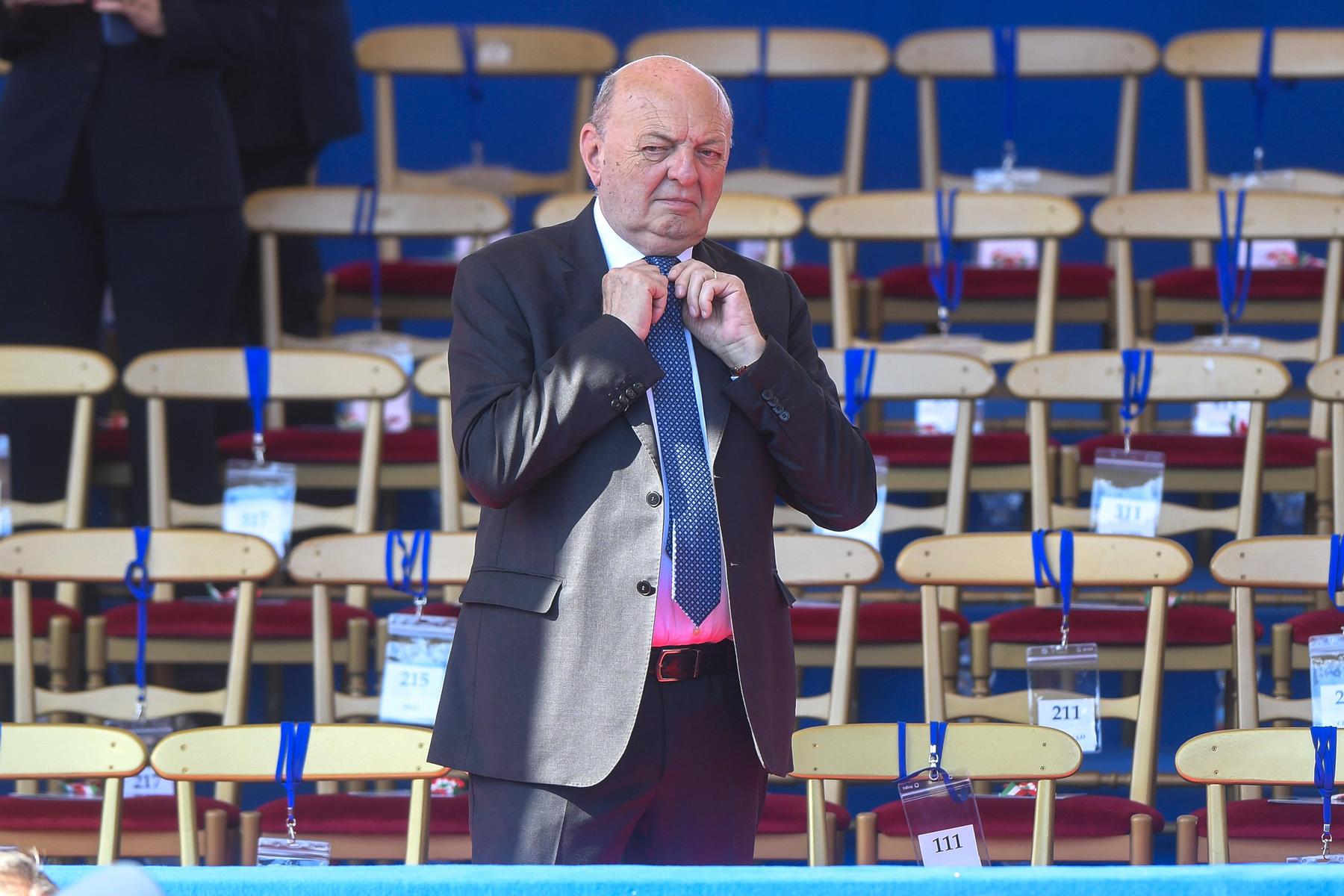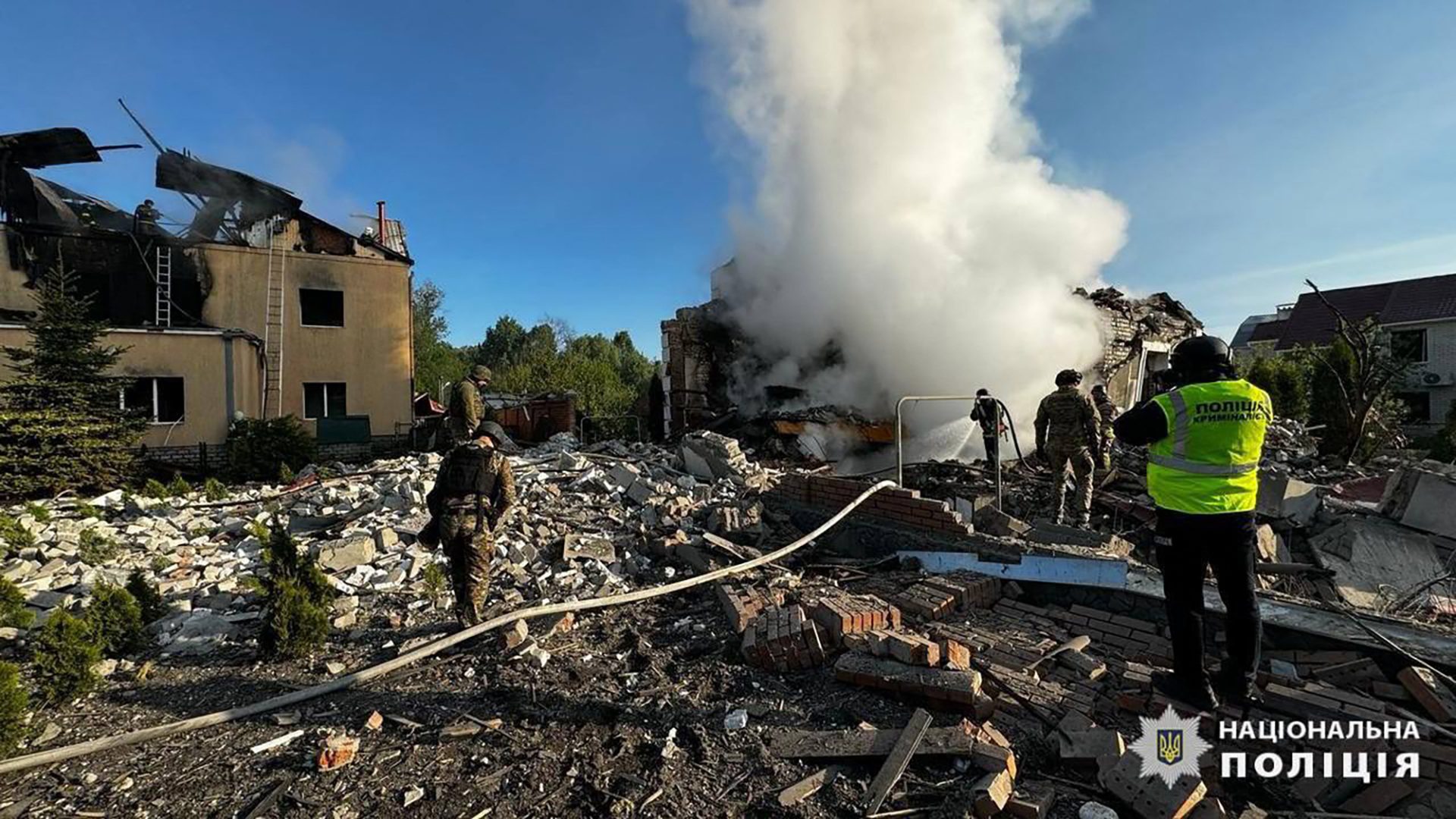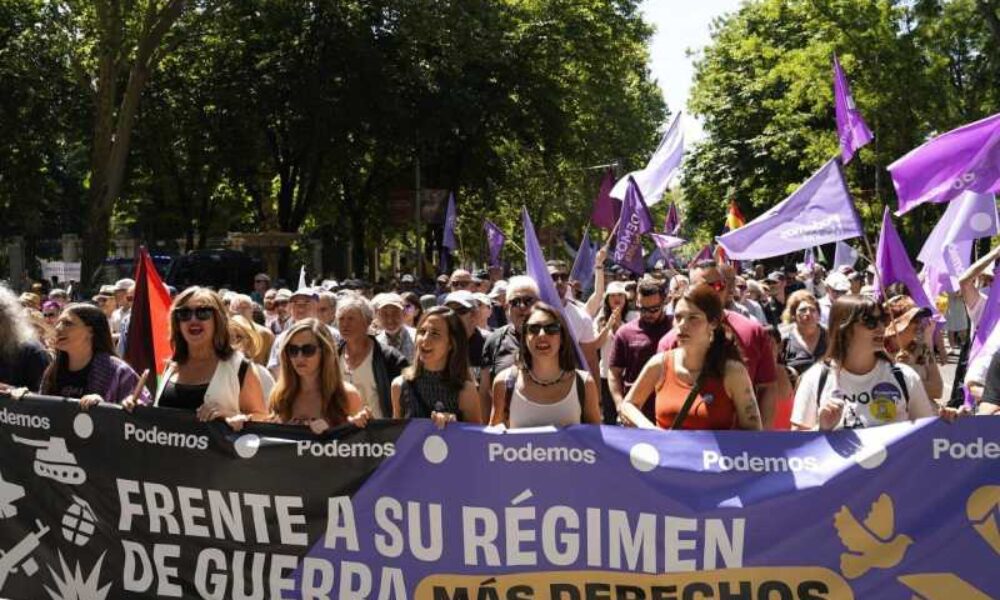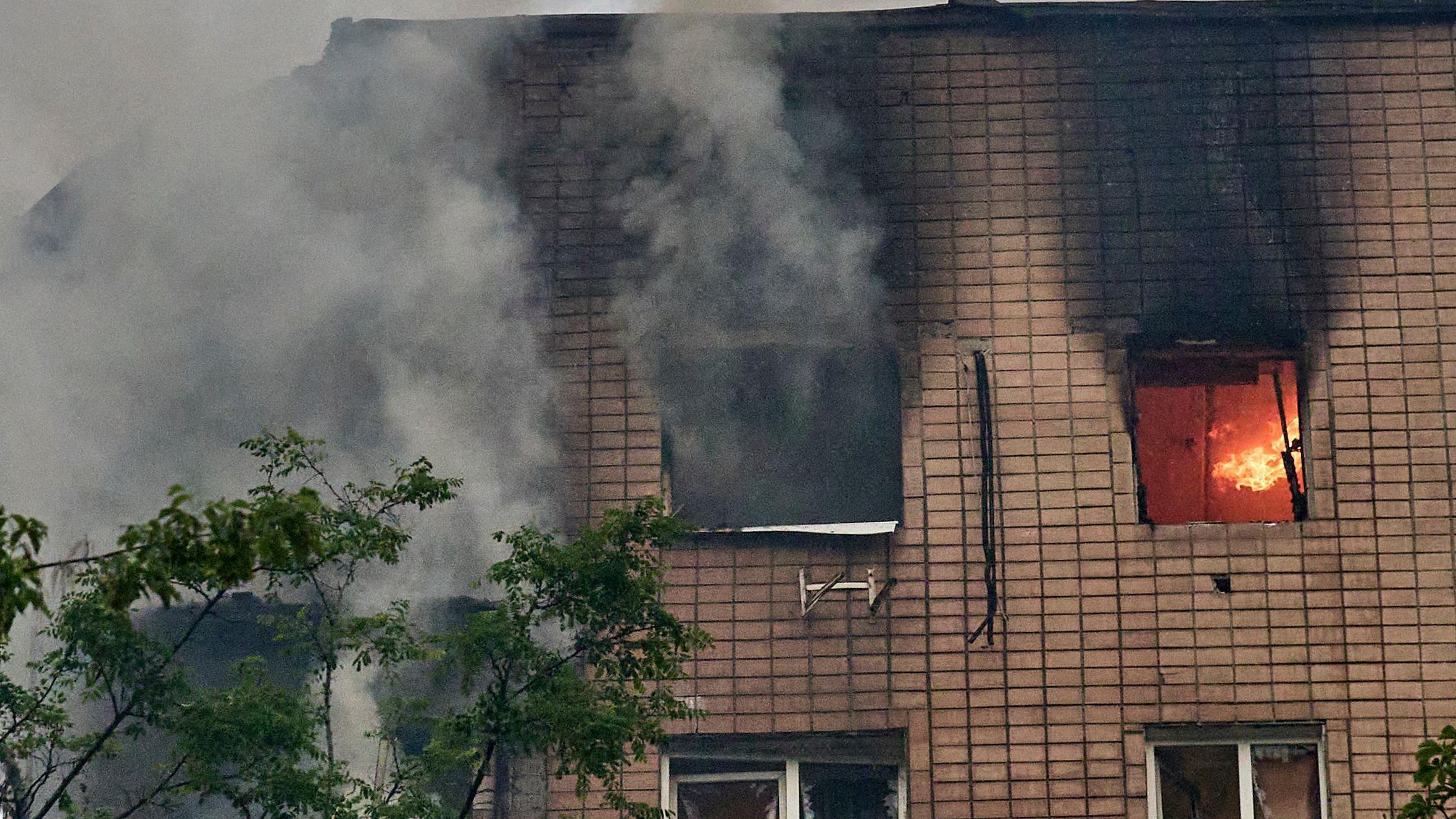Does Russia have to tap into the prosperity fund for its war costs in the future? – Diepresse.com

The special fund was once created in the event of falling oil prices. And that’s exactly what Russia expects for this year.
Russia corrected its prospects for exports this year and reduced expectations for the oil price. These developments could force the government to use its national prosperity funds to cover war expenditure. Moscow has long benefited from money supplys that were created in the fund. But around 60 percent has been used up since the start of the war. The fund was created in 2004 in the event of falling state revenue due to falling world market prices for oil – a consequence of the ruin crisis in 1998.
But apparently the country’s sources of income deteriorate. The Ministry of Economic Affairs forecasted an export of exports by 5.3 percent to 410.6 billion rubles (five billion US dollars), compared to an earlier forecast of 445 billion rubles, the Interfax news service reported on Monday. The updated macroeconomic forecast also included a lower price for Urals oil of $ 56 per barrel, compared to $ 69.70 in the earlier forecast.
Compensate for losses
The revised forecast means that the Russian government will generate fewer income from its oil sales, but this will not fundamentally change the ability of the Kremlin to finance its war machine. Rising income from other sectors than the energy sector and the lush reserves for rainy days will help compensate for the losses. The Russian national asset fund has sufficient means to compensate for any failures in oil revenue over the next 18 to 24 months – even if the country’s crude oil should cost around $ 50 per barrel.
The price for the oil variety of Urals, Russia’s most important export mix, fell to $ 52.76 per barrel in the Baltic Sea port of Primorsk at the beginning of the month, as data from Argus Media show. Most recently, this was less than $ 50 in June 2023. The Urals Prize is considered a reference for the oil trade.
Growth forecast lowered
The Russian Ministry of Economic Affairs predicted a price of $ 68 per barrel for the Brent oil variety, which had dropped of $ 81.70. At the beginning of the month, the Brent Prize fell briefly to a four-year low of less than $ 60 per barrel after China and the USA escalated their mutual trade war and the Opec+Group had agreed to increase the funding amount next month.
Although the growth forecast was retained at 2.5 percent for 2025, the ministry reduced its forecast for 2026 from 2.6 percent to 2.4 percent. The officials admitted that the prices would continue to increase despite the record -high key interest rate and forecast an inflation of 7.6 percent compared to 4.5 percent in their last forecast for the end of the year. The central bank has been trying to capture the galloping inflation again for months. She had recently set the key interest rate to 21 percent – the highest level in more than 20 years.
(Bloomberg)








